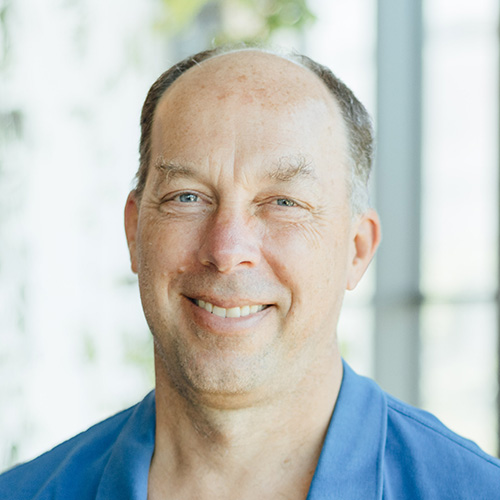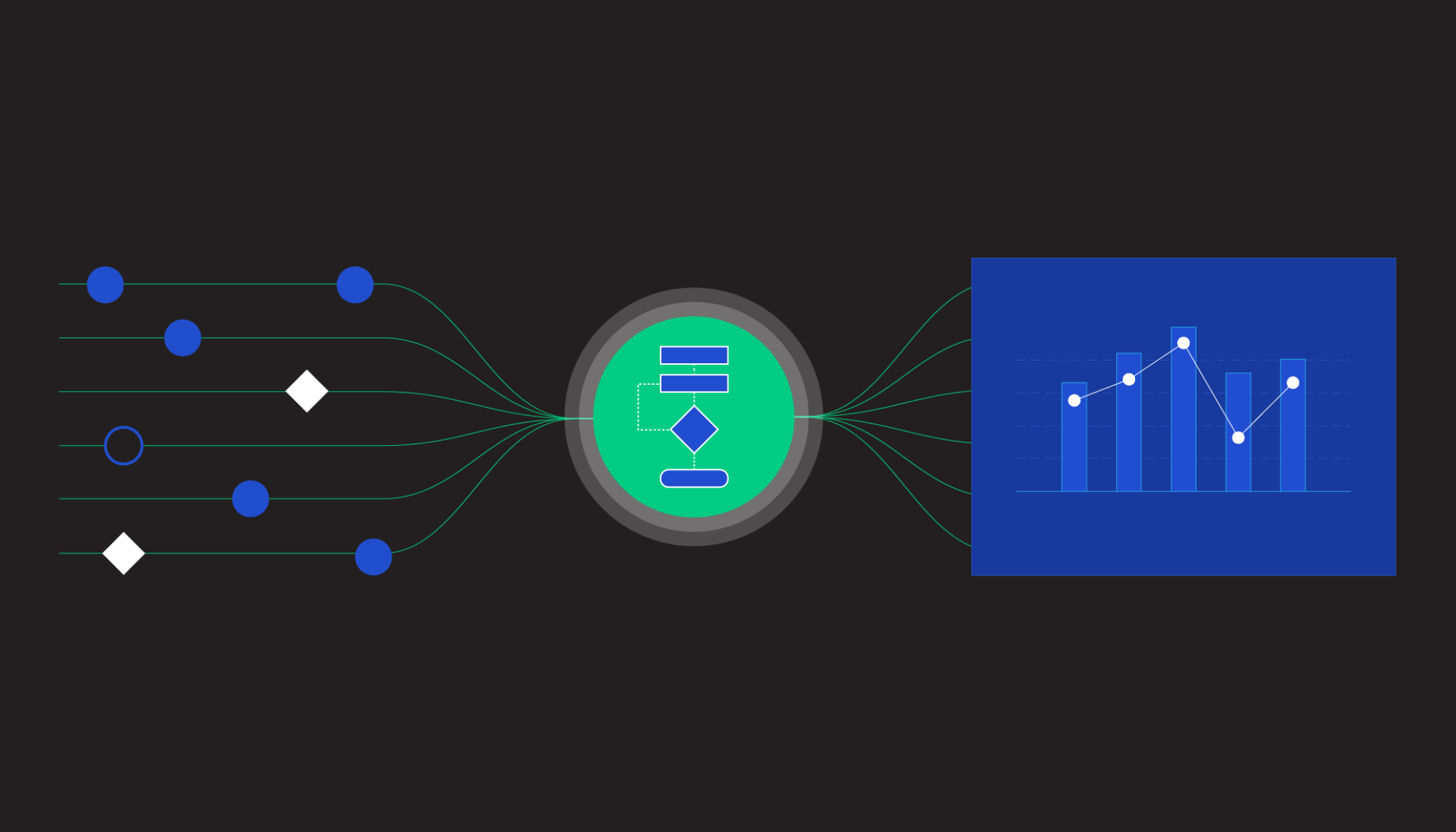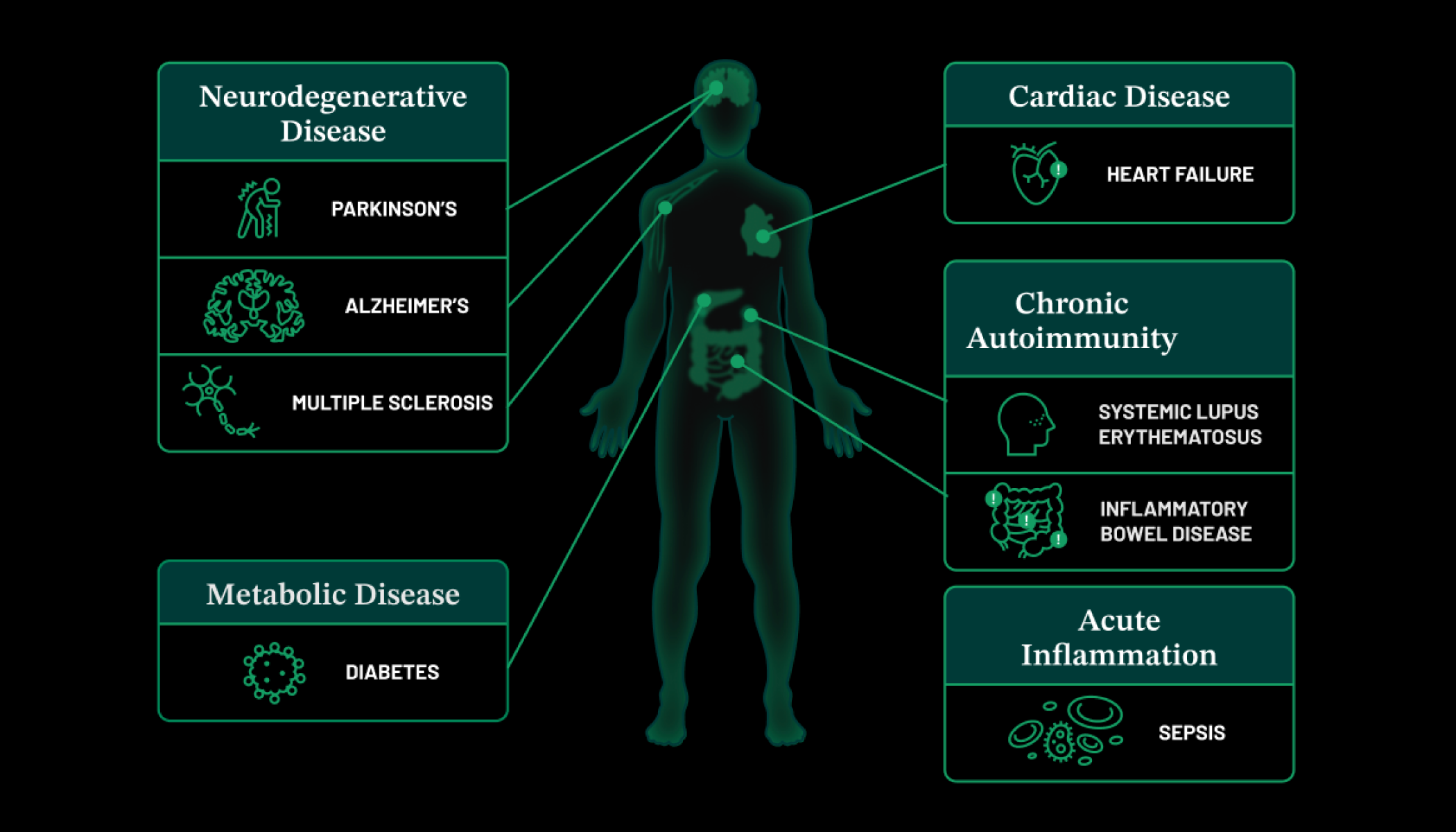Oct 8, 2024 · 3 min read
Exploring New Frontiers in AI-Driven Biomedical Research

As head of science for the Chan Zuckerberg Initiative and CZ Biohub Network, I’m often asked about our mission to help scientists cure, prevent or manage all diseases by the end of the century. It’s ambitious. But is it really achievable? If so, how? I want to bring you along as we reconsider our assumptions about what’s possible in science by sharing regular updates about how we’re accelerating biomedical research.
I’m particularly excited about the progress we’re making in AI to model cells and understand disease. At Stanford’s recent Big Ideas in Medicine conference, Michael Fischbach — Liu (Liao) Family professor of bioengineering at Stanford University, an institute scholar of Stanford ChEM-H, and the director of the Stanford Microbiome Therapies Initiative — moderated a discussion with Priscilla Chan and me in which we discussed how using AI for basic research could help scientists explore novel therapies.
Earlier this year, we continued to build a strong foundation for our AI strategy by coalescing an AI advisory board, launching our AI residency program, and hiring a head of AI for science. In collaboration with these AI residents, our science technology team is training models on rich biological datasets to expand our understanding of cells and cell systems.
We also came together with the scientific community to define a roadmap for how these virtual cell models could advance the field at large. You can read the preprint on arXiv on how, with a coordinated, long-term effort, we’ll reach a comprehensive, predictive understanding of cell mechanisms and interactions.
One of our initial projects will focus on a training model on imaging data of proteins within the cells. The other project focuses on training a model on sequence-based data — data from the RNA within our cells — to show us the relationships between cell types. By the end of this year, these teams will develop and deploy the first iterations of models that scientists can leverage for their own research. Science builds on science, so our teams will continue to collaborate closely with researchers in the field to iterate and evolve these initial models — paving the way for a future where scientists can instantiate “virtual cells” for any and all cell types across tissues, individuals or conditions. Read more about our vision for virtual cell models in STAT.
Our new scientific institutes are well underway, too — this summer, the Chan Zuckerberg Biohub Chicago selected its first cohort of Investigators at its partner institutions: Northwestern University, the University of Chicago, and the University of Illinois Urbana-Champaign. These 48 Investigators will perform high-risk, high-reward research on topics related to instrumented tissues and research linked to inflammation and the functions of the immune system. Hear more about CZ Biohub Chicago from president Shana Kelley on The Immunology Podcast.
All of these accomplishments bring us a step closer to unlocking the mysteries of the cell. I’m energized by our progress so far this year and look forward to sharing more updates with you. If you’d like to continue receiving updates from me about our science work, please sign up to keep in touch, and consider passing this along to others who might be interested.
Best,
Steve Quake






